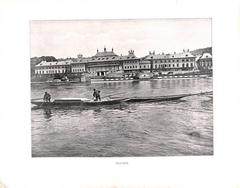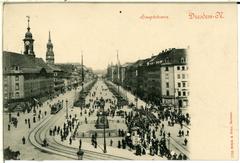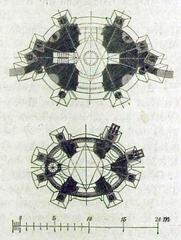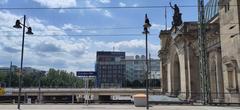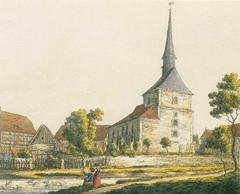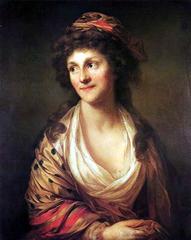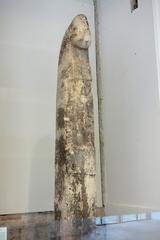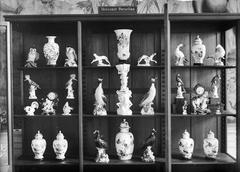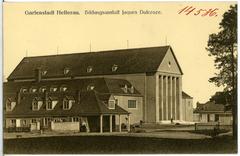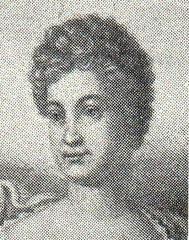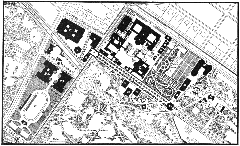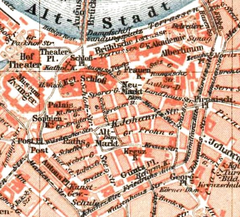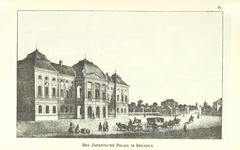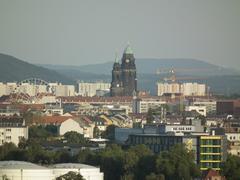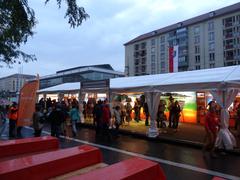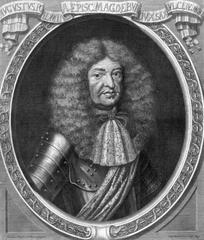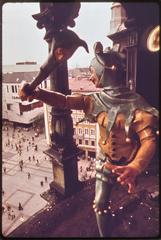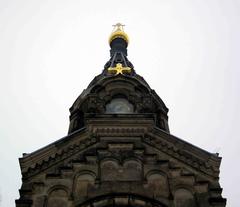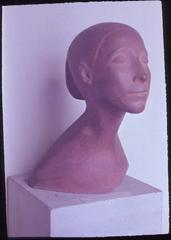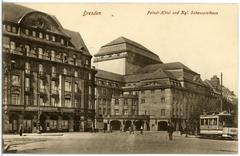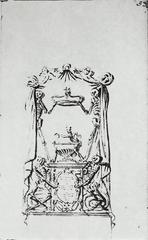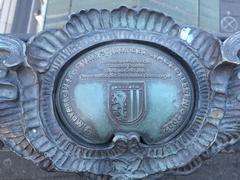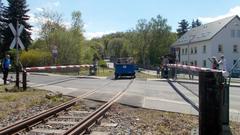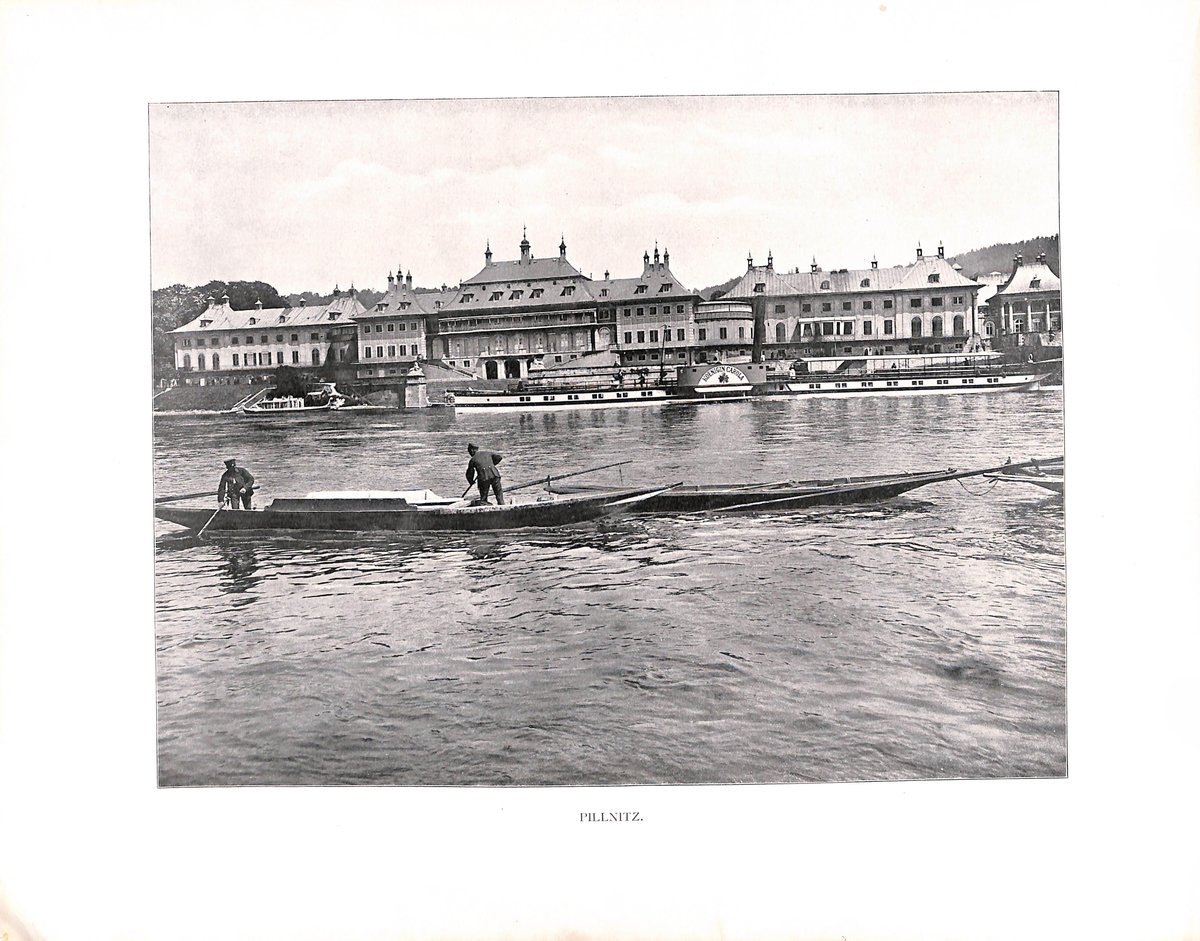
Pillnitz Castle Dresden, Germany — Visiting Hours, Tickets, and Travel Guide
Date: 14/06/2025
Introduction: Pillnitz Castle — A Saxon Jewel on the Elbe
Set along the tranquil banks of the Elbe River just east of Dresden, Pillnitz Castle is a living testament to Saxony’s cultural and architectural legacy. Once a medieval manor, Pillnitz underwent centuries of transformation, reaching its zenith under Augustus the Strong, whose fascination with East Asian art and European Baroque aesthetics gave rise to a unique architectural ensemble. Today, Pillnitz Castle is a captivating destination for history buffs, garden enthusiasts, and cultural travelers, famed for its palatial buildings, expansive gardens, and rare botanical treasures like the legendary Japanese camellia.
This comprehensive visitor guide details Pillnitz Castle’s rich history, architectural highlights, visitor information, and insider travel tips. Whether you arrive by scenic riverboat or public transport, Pillnitz offers a blend of grand royal heritage, cultural events, and natural beauty. For the latest updates and planning resources, please consult the official SKD Museum website, Europe for Visitors, and the Schloss Pillnitz official site.
Table of Contents
- Medieval Origins and Early History
- Baroque Transformation under Augustus the Strong
- Architectural Evolution: Palaces and Gardens
- Chinoiserie Influence and Botanical Highlights
- Pillnitz as a Royal Retreat and Cultural Venue
- Visitor Information: Hours, Tickets, Accessibility
- Guided Tours, Events, and Nearby Attractions
- Frequently Asked Questions
- Visual Highlights
- Plan Your Visit: Practical Tips and Resources
- References
Medieval Origins and Early History
Pillnitz Castle’s roots stretch back to 1335, when it was first mentioned as a manor and knight’s estate along the Elbe (SKD Museum; Europe for Visitors). Over the centuries, the property changed hands among Saxon nobility. In 1694, Elector Johann Georg IV acquired Pillnitz, and upon his death, it passed to his brother, Frederick Augustus I—better known as Augustus the Strong.
Baroque Transformation under Augustus the Strong
Augustus the Strong’s reign was transformative for Pillnitz, turning it into a royal summer retreat and venue for lavish festivities. Inspired by his passion for East Asian porcelain and culture, Augustus envisioned an estate blending Baroque grandeur with chinoiserie motifs. The most notable developments followed the royal wedding of 1719, which prompted the commissioning of new palace wings and gardens. Although the dream of a “porcelain castle” was never fully realized, the result is a unique fusion of architectural styles (Dresden Magazin).
Architectural Evolution: Palaces and Gardens
Between 1720 and 1725, architect Matthäus Daniel Pöppelmann—also famed for Dresden’s Zwinger—oversaw the construction of the Wasserpalais (Riverside Palace) and Bergpalais (Upper Palace), as well as the Venustempel (Temple of Venus) and Weinbergkirche (Vineyard Church) (SKD Museum). These buildings, arranged around a formal pleasure garden, combined Baroque and East Asian influences. The grand staircase at the Wasserpalais, completed by Zacharias Longuelune, allowed gondolas to dock directly from Dresden.
The gardens evolved to include both Baroque and English landscape elements, rare botanical specimens, and the Palm House—one of Europe’s largest 19th-century cast-iron greenhouses (Dresden.de).
A devastating fire in 1818 destroyed the original Renaissance palace; the Neues Palais (New Palace), built in Neoclassical style between 1818 and 1830, completed the trio of palatial buildings (Europe for Visitors).
Chinoiserie Influence and Botanical Highlights
Pillnitz is celebrated as a European masterpiece of chinoiserie. Augustus the Strong’s fascination with East Asian aesthetics is visible in the sweeping pagoda-like roofs, ornate cornices, and dragon motifs (Dresden Magazin). The Chinese Pavilion (1804) and the legendary Japanese camellia—over 230 years old and blooming each spring—are signature attractions (Dresden Magazin).
Pillnitz as a Royal Retreat and Cultural Venue
Throughout the 18th and 19th centuries, Pillnitz served as the Saxon royal family’s summer residence, playing host to courtly life, diplomatic gatherings, and artistic luminaries, including composers like Carl Maria von Weber and Richard Wagner (SKD Museum; Dresden.de). Today, it remains a vibrant cultural venue, hosting concerts, exhibitions, and seasonal festivals.
Visitor Information: Hours, Tickets, Accessibility
Hours:
- Park & Gardens: Open daily, typically 8:00 AM–6:00 PM (seasonal variations apply).
- Museums (Bergpalais & Wasserpalais): Tuesday–Sunday, 10:00 AM–5:00 PM; closed Mondays.
Tickets:
- Park Access: Free.
- Museum Entry: ~€8 for adults; concessions for students, seniors, families, and combination tickets available.
Accessibility:
The park is wheelchair-friendly, with ramps and accessible restrooms in main visitor areas. Some historic buildings may have limited access—contact visitor services for details.
Guided Tours:
Guided tours (in German and English) are available and highly recommended, especially during peak season (Veronika’s Adventure). Advance booking is advised.
Getting There:
- By Public Transport: Bus or tram (with ferry crossing if needed).
- By Riverboat: Steamboat cruises from Dresden’s Terrassenufer dock at the palace’s grand staircase (My Magic Earth).
- By Car: Ample parking available (Germany with Amy).
- By Bike: Dedicated Elbe riverfront path.
Guided Tours, Events, and Nearby Attractions
Pillnitz Castle offers 1.5-hour guided tours led by costumed guides, covering the palaces, gardens, and symbolic stories of Saxon royalty (Veronika’s Adventure). Audio guides and well-signposted grounds make self-guided exploration easy.
Seasonal Events:
Summer concerts, open-air exhibitions, and the Christmas market enhance the visitor experience. June brings mild weather (average highs of 23°C) and lively festivities (Wanderlog).
Nearby Attractions:
- Dresden Elbe Valley
- Grand Garden of Dresden
- Vineyard Church (500m away)
- Saxon Wine Route
- Saxon Switzerland National Park
Frequently Asked Questions
What are Pillnitz Castle’s visiting hours?
Park: Daily, 8:00 AM–6:00 PM. Museums: Tuesday–Sunday, 10:00 AM–5:00 PM.
How much are tickets?
Park access is free; museum entry ~€8. Discounts and combo tickets available.
Is Pillnitz Castle accessible?
Yes, with ramps and accessible restrooms; some historic zones may be limited.
Are guided tours available?
Yes, in multiple languages. Booking is recommended.
Can I arrive by boat?
Yes, riverboats from Dresden dock at the palace.
Are there on-site dining options?
Yes, a café and restaurant overlook the gardens and river (My Magic Earth).
Visual Highlights
- Panorama of Pillnitz Castle and Elbe River — Alt: “Pillnitz Castle and Elbe River scenic view showcasing Baroque and chinoiserie architecture.”
- Japanese Camellia in Bloom — Alt: “Over 230-year-old Japanese camellia blooming at Pillnitz Castle gardens.”
- Neues Palais Interior — Alt: “Classicist style interiors of the Neues Palais at Pillnitz Castle.”
Plan Your Visit: Practical Tips and Resources
- Best Times: Early morning or late afternoon for fewer crowds and softer light.
- Duration: 2–3 hours to enjoy palaces, museums, and gardens (Wide World Trips).
- Dress: Comfortable shoes for extensive grounds.
- Advance Booking: Essential for tours and high season.
- Combine with: Dresden’s city center, Elbe Valley, Saxon Wine Route, or boat tour.
For the latest information:
Mobile Resources:
Download the Audiala app for audio guides, visitor updates, and exclusive travel tips.
References
- SKD Museum — Pillnitz Castle
- Europe for Visitors — Pillnitz Castle Dresden Guide
- Dresden Magazin — Pagodas, Pearls & Porcelain
- Dresden.de — Pillnitz Palace and Park
- Schloss Pillnitz Official Site
- Veronika’s Adventure — Guided Tour
- Annees de Pèlerinage — Day Trip Guide
- My Magic Earth — Pillnitz Castle Park
- Germany with Amy — Visiting Pillnitz
- Wide World Trips — Things to Do in Dresden
- Wanderlog — Dresden in June
